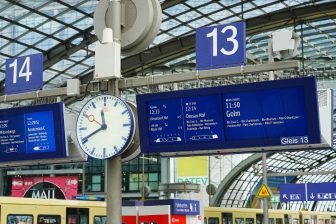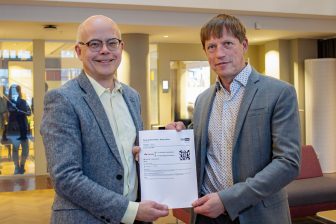
Network Rail and Thales to test Fibre Optic Sensing
source: Network Rail
Network Rail has awarded a contract to a consortium led by Thales to develop and trial Fibre Optic Acoustic Sensing (FOAS) technology. This effectively creates a virtual microphone every few metres.
Want to read more?
You have read all of your free premium articles for this month. Please become a subscriber to keep reading.
Subscribe now!
Take advantage of our exclusive offer to get full access to all premium content.



